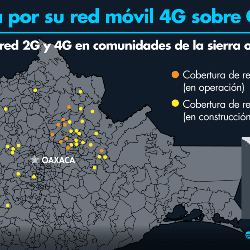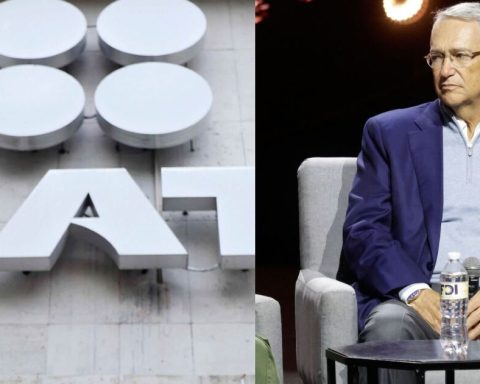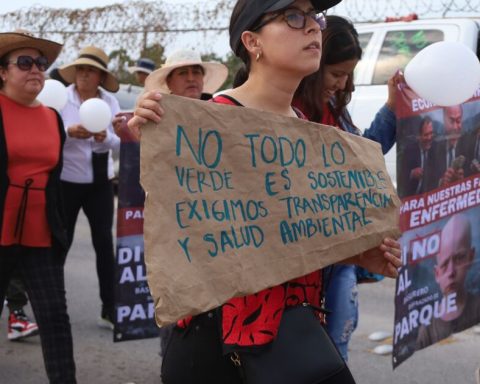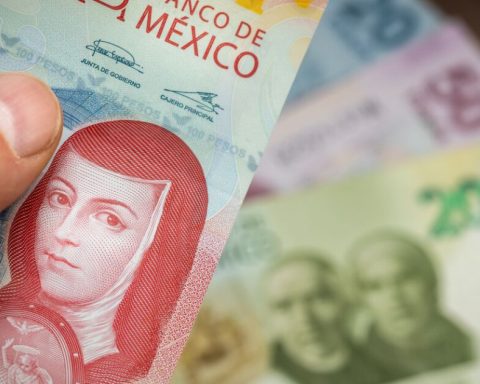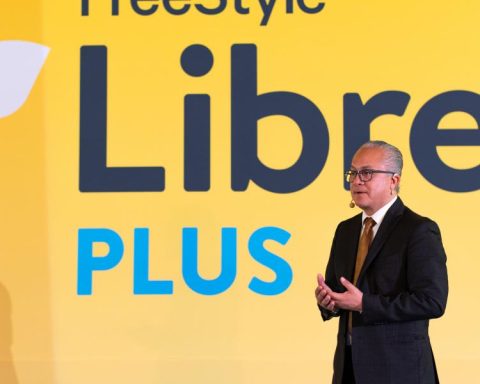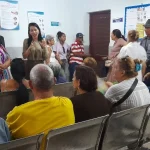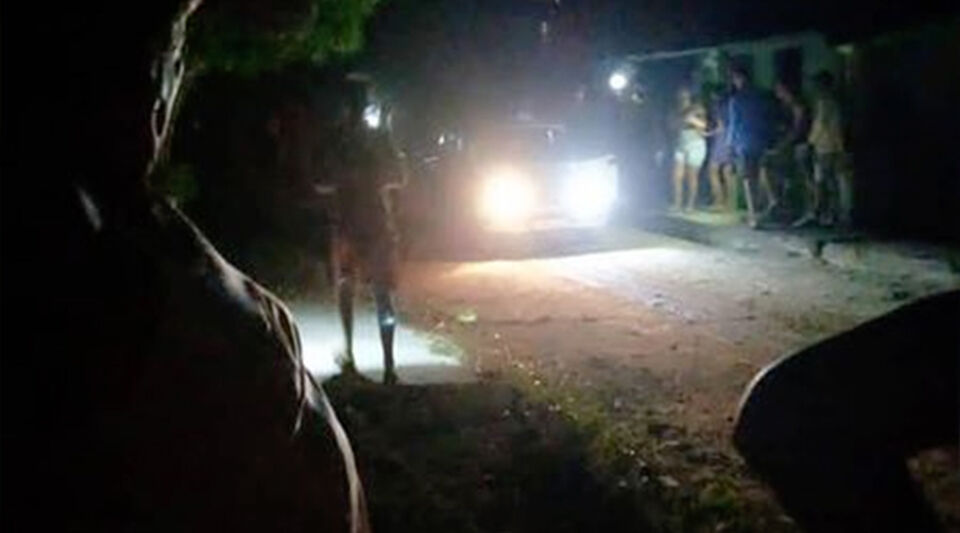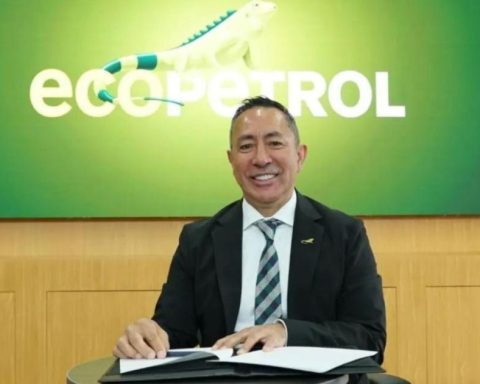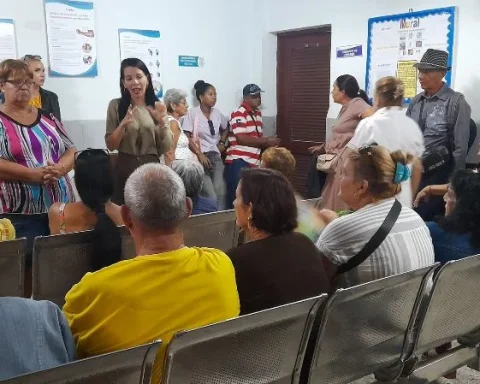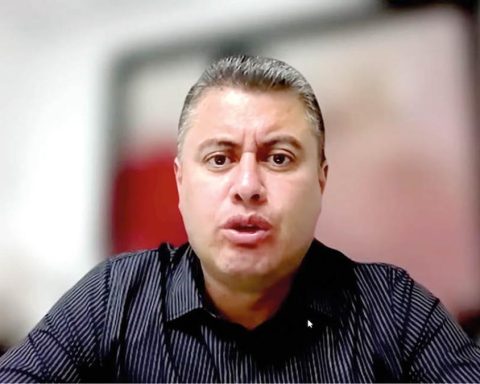Indigenous Community Telecommunications AC (ICT CA) is one of the four operators that sell cellular telephony from its own spectrum and infrastructure to consumers in Mexico. The other three are AT&T, Movistar Y Telcelbut the financial muscle and the difference in objectives of this indigenous cooperative compared to those brands is abysmal, while the fifth network operator, Altan Networksis a wholesale operator and from whom almost all virtual mobile operators in this country hang.
ICT CA is a non-profit operator that speaks and broadcasts about Mixe, Zapotec and Mixtec communities of oaxacamainly, but also over Chiapas, Veracruz, Guerrero and Puebla, that is why its flagship animal is the mockingbird, the bird of the four hundred voices and native to the cell region 7 in how Mexico has been divided in telecommunications.
Those who push this operator, made up of a cooperative of indigenous communities and advisors from civil society, They have been trying to keep Alive alive for almost ten years. ICT CA and they achieved it in 2016, when they obtained their first concession of spectrum for 2G services.
ICT CA it has grown and sustained itself in the same years that Axtel and Maxcom languished. With little money, he went to Europe to buy antennas and other second-hand components to start building his 4G network, and then he went to China to buy free brand chips that he sells for 25 pesos in the Sierra de Juárez. In less than five years, an ARPU of 60 pesos was made in Oaxaca, equivalent to 80% of the ARPU generated by Movistar in CDMX and although Telcel took 22% of its consumers, ICT CA It has in August 2022 almost four times more users than those achieved by all Star Group brands until December 2021, verifiable in documents from the regulatory body.
Community Indigenous Telecommunications newly obtained two new batches of six Megahertz frequencies that were awarded by the Federal Institute of Telecommunications (IFT).
This spectrum is located between the 900 MHz and 850 MHz bands, by the way, they are in the same section as Those that AT&T did not want to explode more for not making sense of your business plan, but to ICT CA mean coverage, capacity, penetration and speed of a possible 4G mobile internet for your users.
“They could already offer even 4G services. The quality and speed in the end will depend on the number of users connected at the same time”, a source from the regulator told this medium.
ICT CA will launch its first signal 4G, predictably, next September, but it has already been doing pilot tests for a few days. Yes ICT CA concrete the launch of its 4G for the market, it will be the first that occurs since Altan Networks turned on a new 4G network in Mexico in March 2018, as all the other brands that have appeared have been virtual mobile operators.
Erick Huerta is the deputy general coordinator of the organization Redes por la Diversidad, Equidad y Sustentabilidad AC, which advises ICT CAand in this interview he anticipates that this operator is also thinking of a virtual mobile operator brand on Altán Redes.
—It had eight and now it will exploit a total of 20 MHz… What does it mean for TIC AC to almost triple its spectral holding?
—For the communities it means more coverage and with the possibility that they will soon have a better quality service. Today we are in 20 municipalities and several localities in those same municipalities, which is not the same thing. We believe that if we exploit the full spectrum, quality and coverage will increase fivefold.
In each small town we have a base station and in some of those small towns we have several base stations; two or three antennas with their towers in those small towns that are among the largest, with up to 3,000 inhabitants. In the municipal capitals we also have several radio bases and from there it is radiated to that locality and to other nearby localities.
—Doesn’t TIC AC fear a load like Altán has suffered for having too much spectrum for so little population served and also because they don’t pay for the frequencies?
—In the beginning, the IFT did have reservations about whether we hoarded too much spectrum. That is why we present a list of the municipalities where we are and where we will be or that we want to be in a horizon of two years, in municipalities that still today do not have rural coverage. They needed to clarify and we specified everything; but they also know that municipalities that can receive the service can be annexed whenever those communities want it. The only thing we would have to do is send a request to the IFT that we are going to operate there as well.
This was a job that lasted two and a half years to get the spectrum, it was not so surprising or easy. And because of the spectrum, the law protects us because it is a spectrum for community and indigenous social service; to bring a sign that no one has ever brought. We provide non-profit cellular service, just to connect. And quite apart, those frequencies were not used.
—In the regulator they confirmed to this medium that the spectrum recently won by TIC AC can be used to exploit a 4G network, do you agree?
—That is our plan: to have a first tower radiating in 4G this year. Given the population density of the localities and given the density of the users of our network there and in turn combined that with the technical capacity of these bands, we believe that we will have a standard quality or better quality, even than what a user can have in certain areas of Mexico City itself with Telcel, Movistar or AT&T.
This is not a very large amount of spectrum, but it will allow us to provide sufficient quality in the provision of communication services in very small towns with a small population. And if users want to watch a video at the same time and the network becomes saturated, there are also WISP operators for content services, since they are not our competitors. We complement each other.
Even if we have what seems like very little spectrum for the big companies, because of the density of the population we will be serving, we will be able to provide standard 4G quality mobile broadband service.
—Having another network means having other equipment, does your business plan and coverage mean the same?
—We now have permission to go to at least 85 municipalities, that is not easy and it changes everything for us. These are telecommunications cooperatives, we cannot go to the market to sell shares and make a river of money.
We calculate that each tower with its antenna 4G it will cost us about 200,000 pesos, assuming we start from scratch. If we make an evolution, it will be about 100,000 pesos per tower. It will seem like nothing to the big operators, but this is a local network. Here people decide how much power and coverage they want, and if they allow themselves to be able to pay for it. Besides, we use used equipment and the same people maintain the operation. If not, this would be unsustainable.
—Mere curiosity: will TIC AC make a “blackout” of its 2G network or will there be coexistence with 4G?
—The idea is to keep both. There are people there who don’t have a smartphone and paying 500 pesos a month for a 4G phone means about a quarter of their monthly income. And some just need phone service. The evolution will all come as the economy of the localities advances. As an operator, we do not want to be a cost, but rather a connection actor and instead of being bought from Telcel or another operator, the money stays in the same community.
And it is not so easy or cheap to migrate an antenna from 2G to 4G: 100,000 pesos per antenna. Since our purchases are not large, we have to negotiate with different suppliers. We will now handle two teams: one is Ericsson with used equipment and the other is a Chinese supplier.
Our idea is to use that infrastructure that Europe was removing from 4G, but that is still functional. We have bought them there and it has been cheap.
—Since 2016, when they won their first concession to date… Have they already reached the breakeven point?
The kind of ICT CA It is sustainable for the communities. In all communities the model is sustainable and generates income. However, for ICT CA, which is the cooperative that brings together all these communities, we have not yet reached the point of equilibrium. We are at 60% and it is because they are very small communities. With twice as many communities where coverage will soon arrive, the break-even point will be reached sooner. Operating annually costs us about 3 million pesos and our ARPU is already over 60 pesos, although there are those who recharge up to 150 pesos per month.
We now have just over 4,000 users. We were close to achieving it, but as the coverage of Telcel to one of the larger communities, service was discontinued and we moved everything to another community. It’s not that they fired us, but it was difficult to compete due to a matter of technology and since we have a specific dialing, the Telcel network was more comfortable for people. This happened in Puebla. Telcel knocked out a considerable part of our income and users. They dropped us about 1,000 users.
When there was a pandemic, traffic increased and that is why the big operators expanded their coverage, but before we were alone and those locations were not business for them.
—Isn’t there a risk that history will repeat itself and you will have to leave the market?
—Since we started and with the pandemic we have done somersaults to stay. But the big operators go to communities with 5,000 or more inhabitants, because that’s the only way they don’t lose money, and this country has many communities to provide rural coverage.
Only in Oaxaca, 8% of the localities are communities with less than 1,000 inhabitants and that allows us to continue living and supporting with this social service.
We are also supporting, as consultants, a new indigenous virtual mobile operator project. It will be the first of its kind in all of Mexico and we will launch it on October 2nd. It will be mounted on the Altan network. There, the convenient thing was to create that project, but the money and all the development comes from the community itself and the same community will learn to be an operator and maintain its own infrastructure.
4G network, a reality for TIC AC
Those who have the virtual mobile operator are those of the Tosepan Limaxtum Cooperative and the operator is Wikikatat, which will operate in the northern mountains of Puebla. Wikikatat has a sub-brand agreement with ICT CA and when we have our own virtual mobile operator, it will be its TIC-MVNO version.
But… Our first 4G base station with our own spectrum of ICT CA We are going to launch it between one and two months in Santa María Yaviche, in Oaxaca; but we are already doing the tests in a town called “Las Puertas”. Our 4G network is then becoming a reality.

kg
